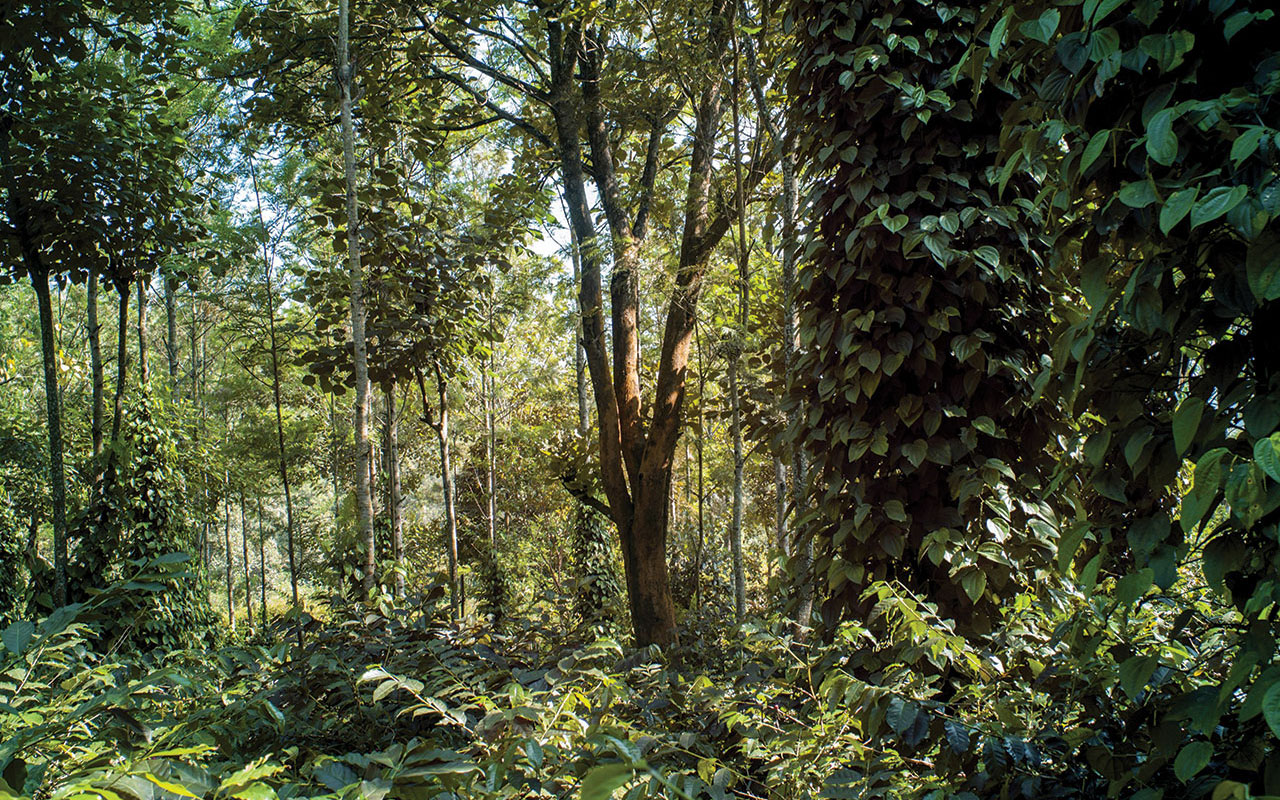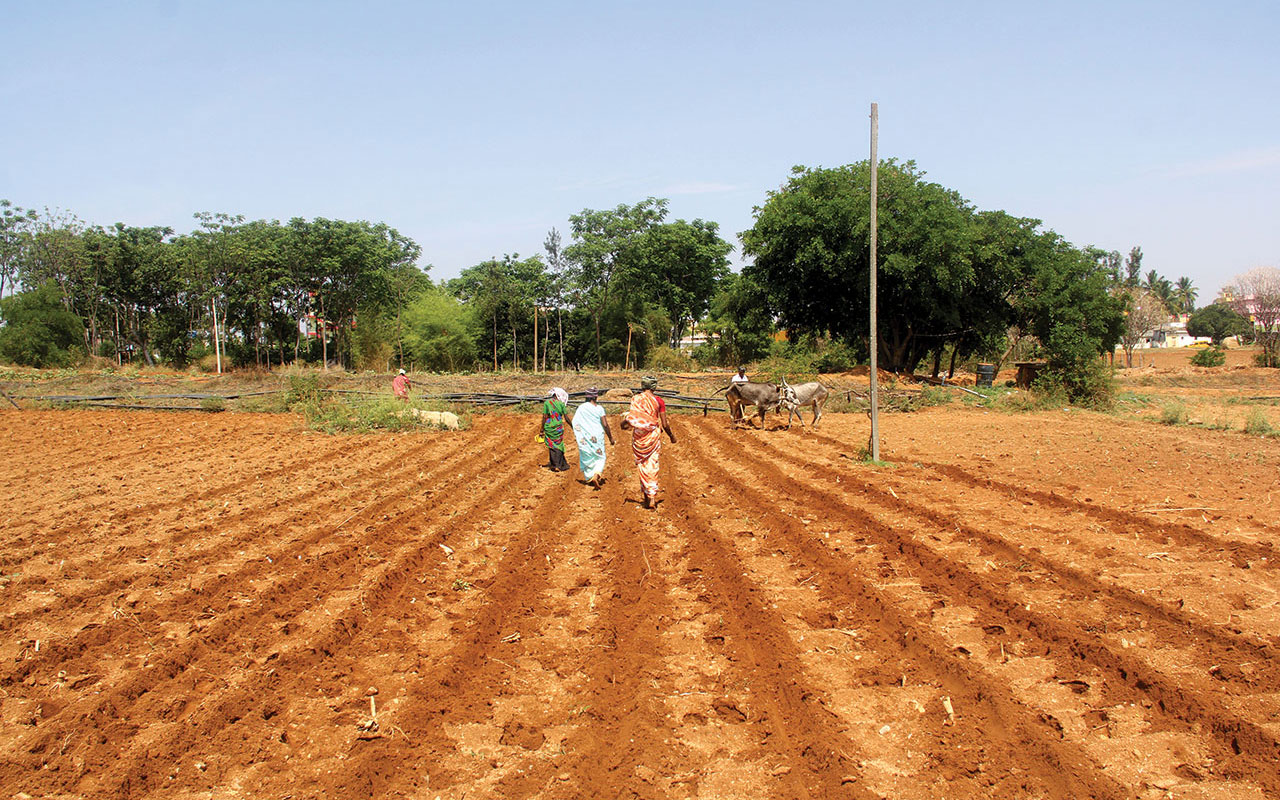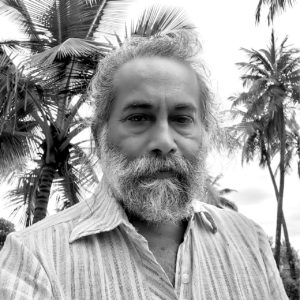
Partner Reflections
TB Dinesh
Janastu
S torytelling is an innate human need. Think about the Sanskrit saying Atithi Devo Bhava: a guest is akin to god. It implies something deep. It means that even if my household goes hungry, I will not turn away an unscheduled visitor (atithi = a – thithi = sans – schedule). Why is that? It is because the stories the visitors bring with them are also nourishment. In a way, this need for stories is a part of human evolution. Back when such proverbs were first constructed people were physically distant. Somebody had to come from far away to bring these stories. The journey would take days; they went through all that to bring you these stories, so you can’t turn them away.
How were these stories preserved and sustained? What were the rural and tribal structures that supported the longevity of these stories? Perhaps, sometime in our history there was a push to codify some of these stories as significant for the well being of the population or for governance by the lords of the times into the vedas; so they could be carried forward in time. So there were these massive efforts across generations of communities to learn, repeat and regurgitate these stories over time and space, for thousands of years. Reflect on the effort. These communities, we may call them Brahmins today, but we need to go to the roots of the need for these efforts. Isn’t it so these stories could be sustained? Millions of people over thousands of years, working to make it happen.
And then came the printing press and that was a revolutionary technology because after that stories could be sustained in other ways. People could foresee sustaining their own stories for a community of their interest. You could re-learn in a different way. This was democratisation of knowledge. However, it necessitated people to be literate which in turn led to a proliferation of schools as we know them. And now what does it take? You push a button and record; compare the efforts through history. These are fundamental changes.
The role of literacy here is integral, because the absence of it means exclusion from these knowledge systems, from these techniques of creating, sharing and remembering stories. This is the reality for so many people. If you can’t read or write, then sorry, how do we engage? For those who are not part of this literate community, their knowledge systems, their stories, face invalidation.
We have seen how difficult this pursuit of literacy is among the poor and rural populations. Dropout rates in schools are very high and so many young people end up feeling like failures. They end up in low paying jobs that no one educated wants to do. This is part of the system. Meanwhile what about these people’s skills? Blacksmiths, cobblers, weavers and all other craftspeople are disappearing, as their production skills are replaced with an industrial process that they cannot engage with as skilled people.
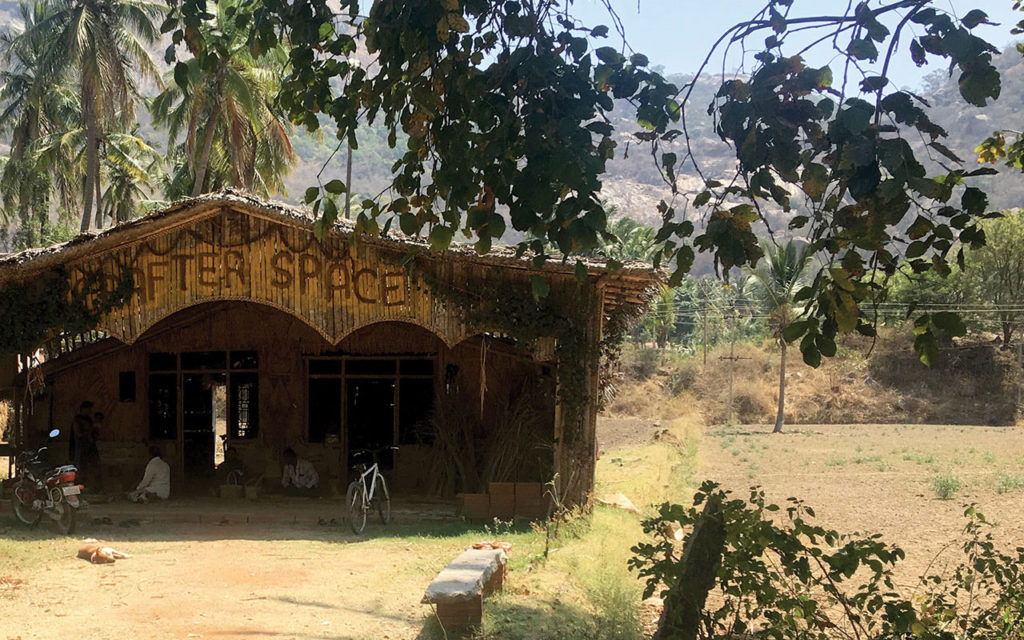
Crafter Space at Iruway Farm
This is where we are at and we at Janatsu want to use technology to enable and facilitate these channels of communication that have been lost. We want to rediscover these channels where literacy is not mandated for participation. We want to bring a sense of validation by enabling communication and broadcast. This also means that we are encouraging local communication along with long distance communication. To bring these opportunities to all people, to publish for their neighbours, which will allow local stories to be built over time. People can listen to what their neighbours published and tell them what they felt when they heard their stories. This is what we are trying to do with our radio projects. For example the community radio project where we are supporting students while they build devices to record and archive audio stories in a community mesh network. Our ‘Web Annotation for Renarrations’ is also connected; it is about enabling access without literacy. It proposes a human in the loop approach for renarrating web content, where a renarrator creates an alternative narrative of some web content with the intent of extending its reach. I think the state of technology that we are in is very nascent in terms of where we want to go with community engagement. The ambient technologies that are all around us are not really concerned or aligned with these objectives and that is a big bottleneck for change in many ways. For example our social semantic web renarration technology requires a certain way of thinking and we need groups, including developers and technologists who are willing to think this way to come together. This has been a challenge.
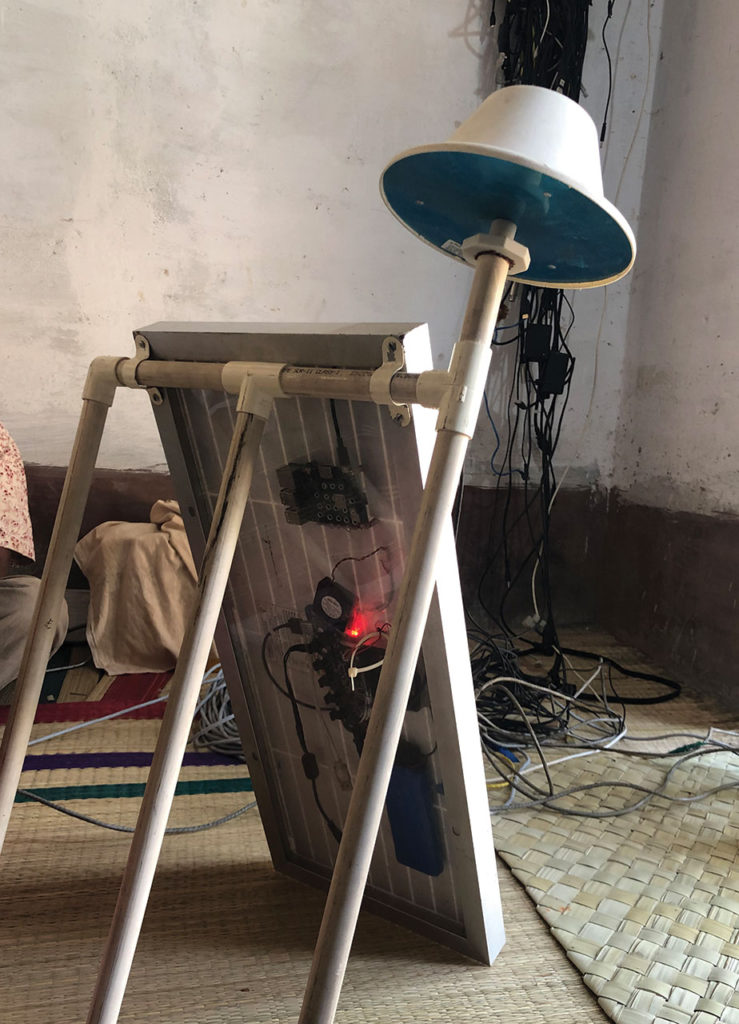
Solar-powered Raspberry Pi based hotspot for community radio
Take organic certification as another example. How can technology enable the transformation of agriculture in India to become more organic? Can technology give us a better understanding of what is organic? Can it help us understand what is local? Can it help us prioritise efforts and steps towards more widespread organic agriculture? But the reality is this narrow implementation of technology, which is focused on certification, where data has to be entered in excel sheets and maintained, so an organic certification can be given by the state. This is the impact of tech-deterministic dominant and ambient technological regulatory narratives of the state.
To co-create with rural, marginalised and poor communities we have to first accept them. Accept them in-spite of our own education and accept them into our process in-spite of their inability to read and write. Then we need to think about how we can enable expression without reading and writing? This is a critical challenge. How do you instigate a process of enquiry or of storytelling? What are the steps involved? There is a lot of demoralising that happens in discussions when there are equations of power involved, even within these communities. We have to overcome these barriers and considering how entrenched these power equations are, you are reminded of the patience that is needed. This is not going to change overnight. Local futures are not an immediate possibility. It needs dedicated work for some time. Maybe we can see change in ten years.
In this project when we approached rural communities with physical technological prototypes, we had immediate engagement, they could relate to every one of the prototypes. It was interesting because it was not about yes, I need this or no, I don’t need this. This is a step in the right direction. It was not a corporate solution trying to meet a specific need. Instead it was meant to make you think, and it did make them think about what these things could be in their lives.
But there is a barrier in going beyond that. You need patience – you need to go again and again for them to get comfortable and play, imagine and build with these prototypes. In some ways, this barrier is of abstraction. Designing futures, imagining and building with prototypes and other such activities requires practice in abstraction. These communities have been removed from the practice, so instead they end up focusing on immediate needs. Can this address my immediate needs? In a way this is true even for many of us who have practice in abstraction. After a point you are uncomfortable with abstractions and you want to think about what you can do with this knowledge. For many in these communities, it is challenging to engage with even basic abstractions. To overcome this, we need to convince them that they are our equals. For us, this means, instead of just going to them and asking them what they need as poor Indians, we need to engage them in the process of discovering issues and investigating them deeply. This is the long term roadmap to co-creation of futures and it requires time.
Reflecting on the project, it merges with many other activities that we have been trying to do for the past decade in this direction. It contributes to that. Perhaps most importantly, it creates this new community of actors, which includes us and other organisations and people who have been part of this project across India and the UK. In the long term, this community will share ideas and perspectives to deal with these issues and hopefully contribute to the many transformations we have been talking about.
